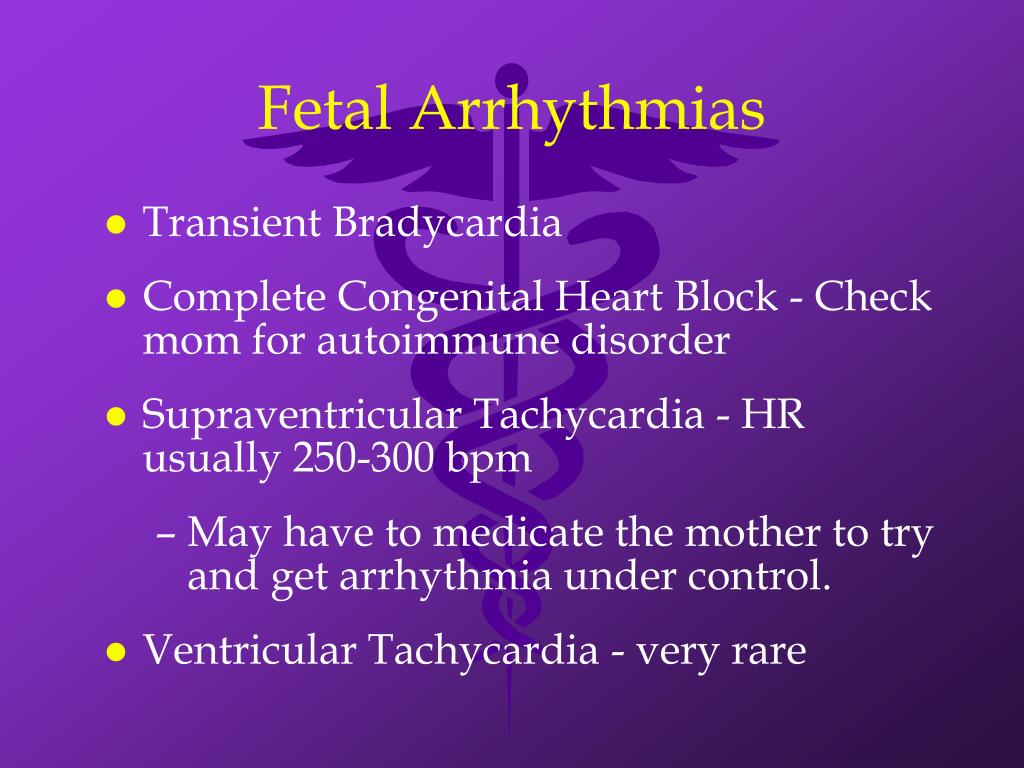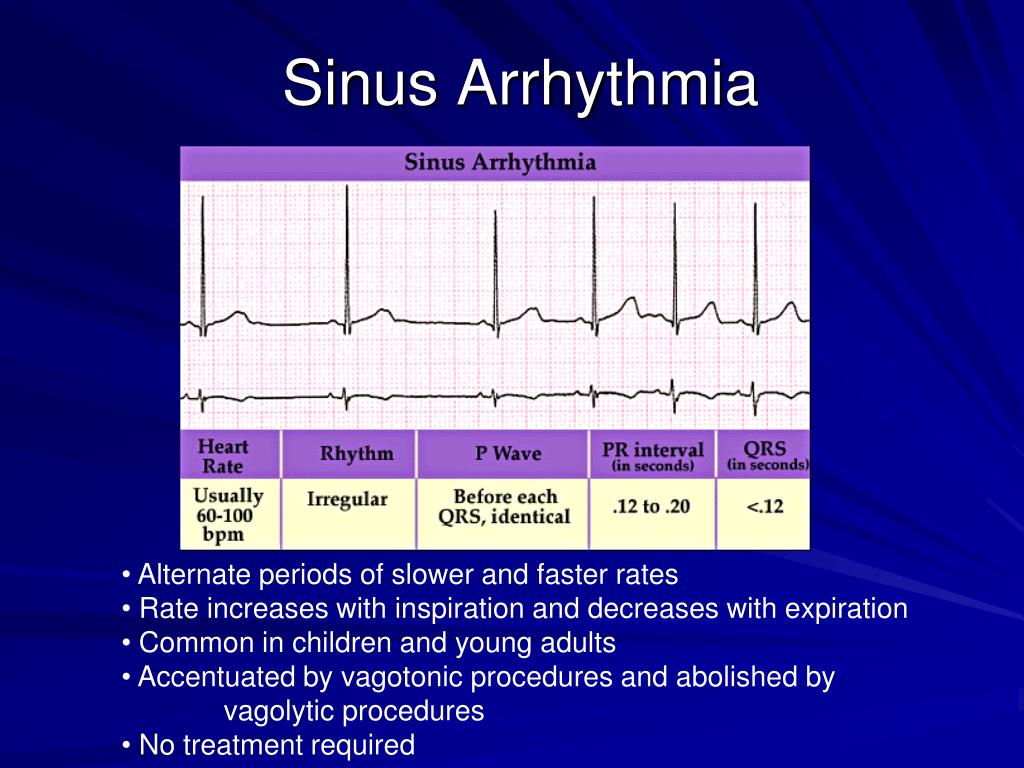
Signal-averaged ECGs are done when arrhythmia is suspected, but not seen on a resting ECG.

This procedure is done in the same manner as a resting ECG, except that your heart's electrical activity is recorded over a longer period of time, usually 15 to 20 minutes. This test is done to assess changes in the ECG during stress, such as exercise. However, rather than lying down, you exercise by walking on a treadmill or pedaling a stationary bike while the ECG is recorded.

You are attached to the ECG machine as described above. The ECG machine is then started and records your heart's electrical activity for a minute or so. These electrodes are connected to the ECG machine by wires. For this procedure, the clothing on your upper body is removed and small sticky patches called electrodes are attached to your chest, arms, and legs. There are several variations of the ECG test: An ECG can show the presence of arrhythmias, damage to your heart caused by ischemia (lack of oxygen to the heart muscle), or myocardial infarction (MI, or heart attack), a problem with one or more of the heart valves, or other types of heart conditions. By placing electrodes at specific locations on your body (chest, arms, and legs), a graphic representation, or tracing, of the electrical activity can be made as the electrical activity is received and interpreted by an ECG machine. An electrocardiogram is a measurement of the electrical activity of your heart.

There are several tests that may be used to diagnose arrhythmias.


 0 kommentar(er)
0 kommentar(er)
